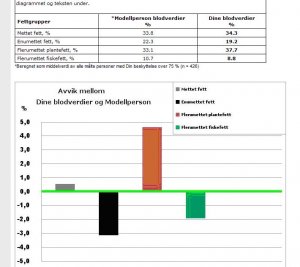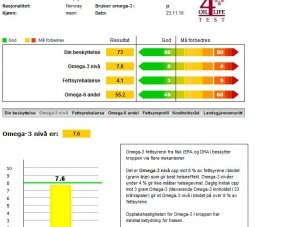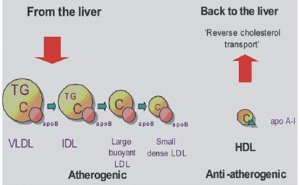"There are two main categories of cholesterol. Dietary cholesterol is present in the food we eat. It is a component in food, much like sugar, fat protein, vitamins and minerals. This cholesterol is found only in animal-based food an is the one we find on food labels. How much dietary cholesterol you consume is not something your doctor can know when he or she checks your cholesterol levels. The doctor can't measure dietary cholesterol any more than he or she can measure how many hot dogs and chicken breasts you've been eating. Instead, the doctor measures the amount of cholesterol present in your blood. This second type of cholesterol, blood cholesterol, is made in the liver. Blood cholesterol and dietary cholesterol, although chemically identical, do not represent the same thing. A similar situation occurs with fat. Dietary fat is the stuff you eat: the grease on your French fries, for example. Body fat, on the other hand, is the stuff made by your body and is very different from the fat that you spread on your toast in the morning (butter or margarine). Dietary fats and cholesterol don't neccessarily turn into body fat and blood cholesterol. The way the body makes body fat and blood cholesterol is very complex, involving hundreds of different chemical reactions and dozens of nutrients. Because of this complexity, the health effects of eating dietary fat and dietary cholesterol may be very different from the health effects of having high blood cholesterol (what your doctor measures) or having too much body fat.
As blood cholesterol levels in rural China rose in certain counties, the incidence of "Western" diseases also increased. What made this so suprising was that Chinese levels were far lower than we had expected. The average level of blood cholesterol was only 127 mg\dL, which is alost 100 points less than the American average (215 mg\dL)! Some counties had average levels as low as 94 mg\dL. For two groups of about twenty-five women on the inner part of China, average blood cholesterol was at the amazingly low level of 80 mg\dL.
If you know your cholesterol levels, you'll appreciate how low these values really are. In the U.S., our range is around 170-290 mg\dL. Our low values are near the high values for rural China. Indeed, in U.S., there is a myth that there might be might be health problems if the cholesterol levels were below 150 mg\dL. If we followed that line of thinkingm about 85% of the rural Chinese would appear to be in trouble. But the truth is quite different, lower blood cholesterol levels are linked to lower rates of heart disease, cancer and other Western diseases, even at levels far below those to be considered "safe" in the West.
At the outset of the China Study, no one could or would have predicted that there would be a relationship between cholesterol and any of the disease rates.What a suprise we got! As blood cholesterol levels decrease from 170 mg\dL to 90mg\dL, cancers of the liver (2), rectum (1), colon (2), male lung (1), female lung, breast, childhood leukemia, adult leukemia (1), childhood brain, adult brain (1), stomach and esophagus (throat) decreased. As you can see, this is a sizable list. Most Americans know that if you have high cholesterol, you should worry about your heart, but they don't know that you might want to worry about cancer as well." - T. Colin Campbell PhD
Statistical significance:
(1) means 95+% certainty
(2) means 99+% certainty
(3) means 99.9+% certainty
No number means that the association is something less than 95% certainty.









